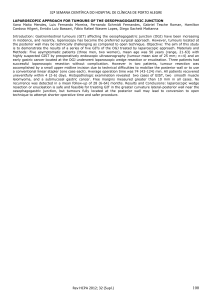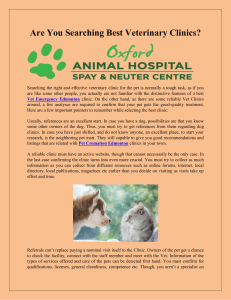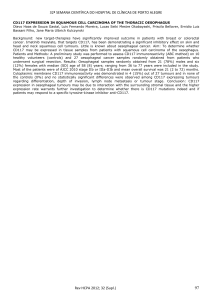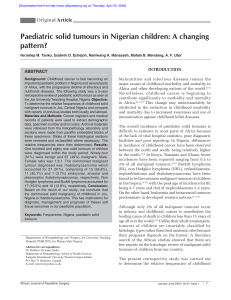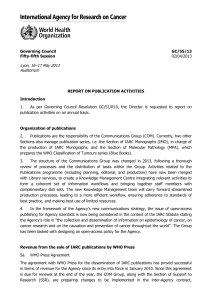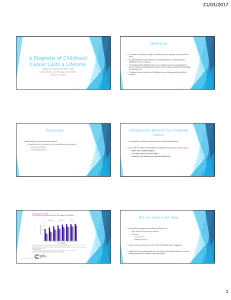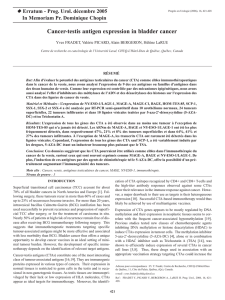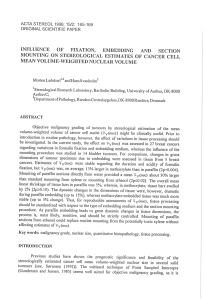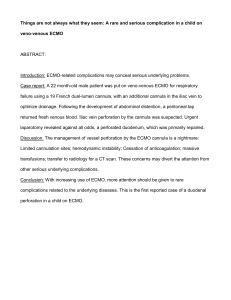TFG bjimenezmoya poster
publicité
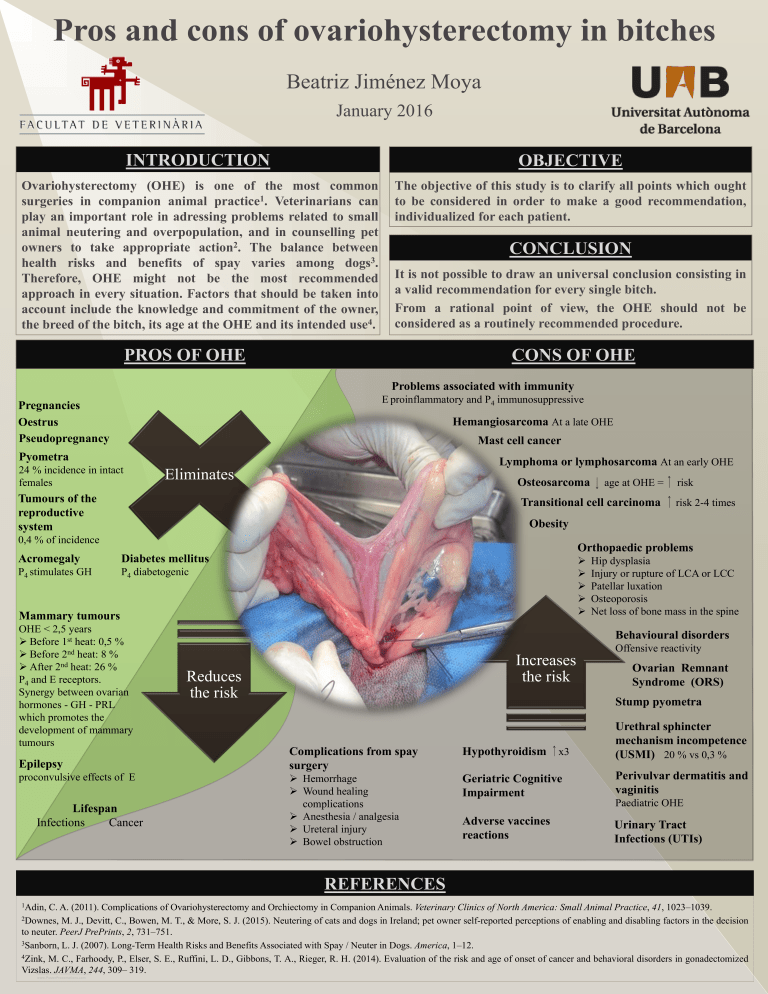
Pros and cons of ovariohysterectomy in bitches Beatriz Jiménez Moya January 2016 INTRODUCTION OBJECTIVE Ovariohysterectomy (OHE) is one of the most common surgeries in companion animal practice1. Veterinarians can play an important role in adressing problems related to small animal neutering and overpopulation, and in counselling pet 2 owners to take appropriate action . The balance between health risks and benefits of spay varies among dogs3. Therefore, OHE might not be the most recommended approach in every situation. Factors that should be taken into account include the knowledge and commitment of the owner, 4 the breed of the bitch, its age at the OHE and its intended use . The objective of this study is to clarify all points which ought to be considered in order to make a good recommendation, individualized for each patient. CONCLUSION It is not possible to draw an universal conclusion consisting in a valid recommendation for every single bitch. From a rational point of view, the OHE should not be considered as a routinely recommended procedure. PROS OF OHE CONS OF OHE Problems associated with immunity E proinflammatory and P4 immunosuppressive Pregnancies Oestrus Pseudopregnancy Hemangiosarcoma At a late OHE Mast cell cancer Pyometra 24 % incidence in intact females Lymphoma or lymphosarcoma At an early OHE Eliminates Osteosarcoma Tumours of the reproductive system age at OHE = Transitional cell carcinoma risk risk 2-4 times Obesity 0,4 % of incidence Orthopaedic problems Acromegaly Diabetes mellitus P4 stimulates GH P4 diabetogenic OHE Mammary tumours OHE < 2,5 years Before 1st heat: 0,5 % Before 2nd heat: 8 % After 2nd heat: 26 % P4 and E receptors. Synergy between ovarian hormones - GH - PRL which promotes the development of mammary tumours Epilepsy proconvulsive effects of E Lifespan Infections Cancer Hip dysplasia Injury or rupture of LCA or LCC Patellar luxation Osteoporosis Net loss of bone mass in the spine Behavioural disorders Offensive reactivity Increases the risk Reduces the risk Ovarian Remnant Syndrome (ORS) Stump pyometra Complications from spay surgery Hypothyroidism Hemorrhage Wound healing complications Anesthesia / analgesia Ureteral injury Bowel obstruction Geriatric Cognitive Impairment x3 Urethral sphincter mechanism incompetence (USMI) 20 % vs 0,3 % Perivulvar dermatitis and vaginitis Paediatric OHE Adverse vaccines reactions Urinary Tract Infections (UTIs) REFERENCES 1Adin, C. A. (2011). Complications of Ovariohysterectomy and Orchiectomy in Companion Animals. Veterinary Clinics of North America: Small Animal Practice, 41, 1023–1039. 2Downes, M. J., Devitt, C., Bowen, M. T., & More, S. J. (2015). Neutering of cats and dogs in Ireland; pet owner self-reported perceptions of enabling and disabling factors in the decision to neuter. PeerJ PrePrints, 2, 731–751. 3Sanborn, L. J. (2007). Long-Term Health Risks and Benefits Associated with Spay / Neuter in Dogs. America, 1–12. 4Zink, M. C., Farhoody, P., Elser, S. E., Ruffini, L. D., Gibbons, T. A., Rieger, R. H. (2014). Evaluation of the risk and age of onset of cancer and behavioral disorders in gonadectomized Vizslas. JAVMA, 244, 309– 319. RESEARCH POSTER PRESENTATION DESIGN © 2015 www.PosterPresentations.com
